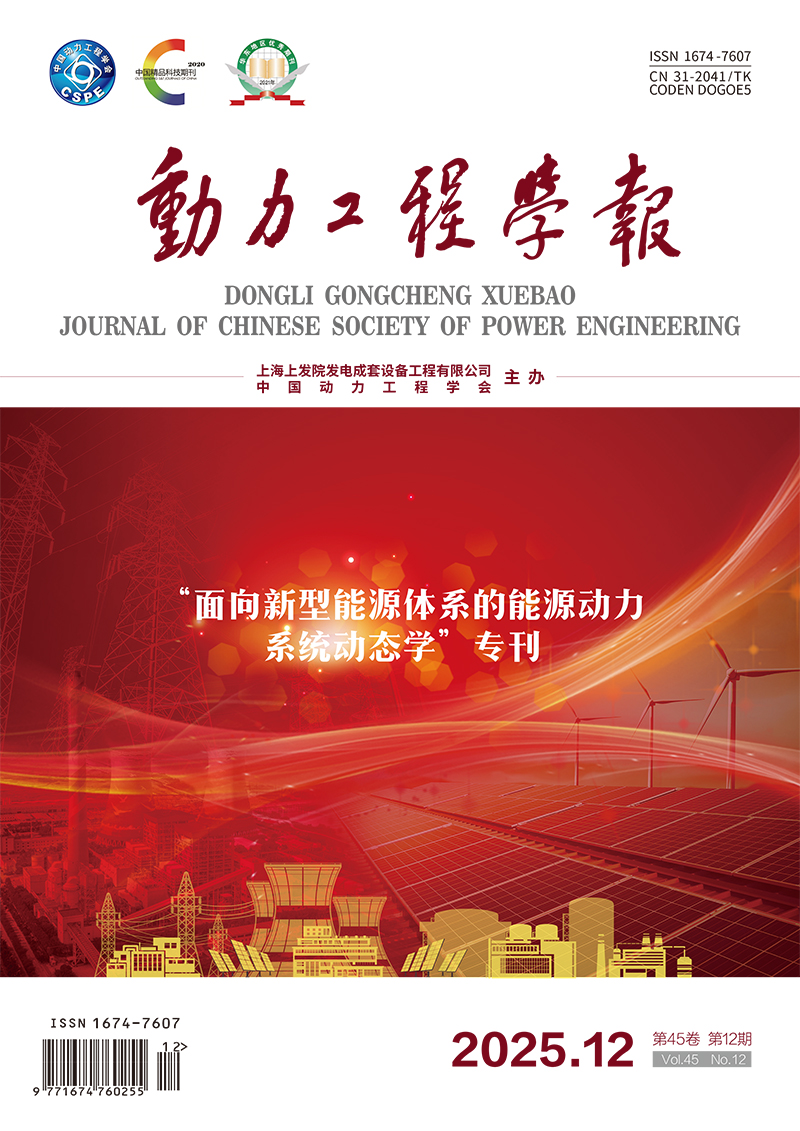FANG Yujuan, WU Zheng, QIU Hui, ZHOU Yifan, YANG Wenjin, LIU Yunchuan, NI Jin, DING Tianrong, WANG Zhenqian, PAN Yicheng
Energy system transition planning face challenges such as difficulties in data processing and high-dimensional solution, which are caused by the large scale of research objects and complex correlations. Traditional technologies are difficult to cope with these challenges, while artificial intelligence (AI) technologies such as AI large models could provide key support for solving this problem by virtue of their strong computing and reasoning capabilities. However, the exploration of applying AI large models in the specific interdisciplinary field of energy system planning is still in its initial stage, and the relevant research results remain relatively weak at present. Therefore, the application potential and development prospects of AI large model technology in the field of energy system planning were discussed, a systematic research and application framework from theory to engineering practice were proposed, and five main tasks of energy system planning were extracted, including planning objects, goals and indicators establishment, data research, demand forecasting, planning method design, and result approval and adjustment, as well as different methods and scales to be selected in the same task. In addition, the coupling relationship between AI large models and energy system planning was studied, the types of large model technologies were divided and their potential roles to adapt to planning research were analyzed. The research and application status, challenges, and gaps of AI large models in energy system planning were analyzed, and the possible research directions and content prospects were discussed. This study can promote the use of AI large models to reconstruct the cognitive framework and decision-making mode of energy system planning, and effectively assist in the transformation, upgrading, and configuration optimization of China's energy structure under the dual carbon goals.
